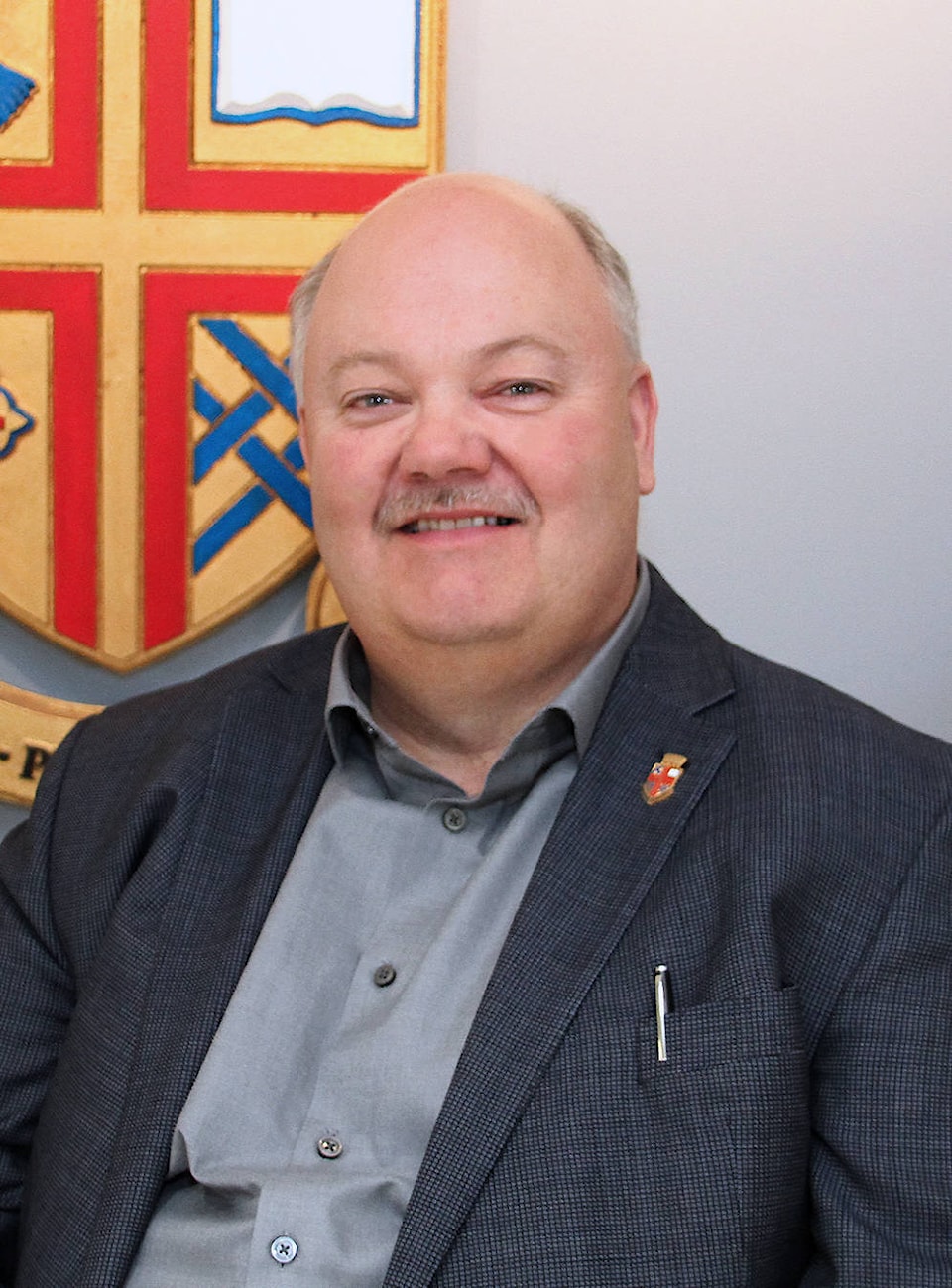In this column I want to briefly outline my experience at the Federation of Canadian Municipalities (FCM) Conference in Halifax, given that Council’s attendance is not always presented in a positive light.
I have had many people ask specific questions about this annual event, but in general most just want to know what it is all about.
While an opportunity to participate in a conference of this type may be viewed a perk, it is not a fun filled, do as you please free-for-all. Yes, there is usually some flexibility in which sessions you choose, but it is a set agenda. The entire day is filled with learning, listening and networking. A typical day is something like this: After breakfast, opening remarks at 8 a.m., then onto a full day of speeches, study tours, plenaries and workshops and investigating the trade show vendors, with the formal portion winding down by 6 p.m.
A social event or two may occur after that. Enjoyable? Mostly, but certainly not a ’vacation’ as some have suggested. I did choose to extend my stay in the area (at my expense) to experience a different part of Canada, and that was a vacation, albeit a short one. Public life does tend to consume the clock, making time for loved ones scarce. I enjoyed the time with my wife, along the Cabot Trail and away from the commitments of public office.
A consideration of such a national event is the opportunity to network. I do see the value in meeting fellow elected officials from across the country. Are individual municipal issue details relevant? Perhaps not, but it is helpful to know that each community faces challenges big and small just like we do. I spent many hours talking with mayors and councillors, some from nearly every province and territory.
Even with all the differences, our challenges were surprisingly similar. Each community struggles to provide the best they can with available resources.
The one study tour that really raised the overall value of the conference for me was Disruptive Municipal Solid Waste (MSW) Technology, presented by Sustane Technology Inc. a Halifax based company. I have always been intrigued by this subject and imagined a more logical approach for our region. It must have been of interest to others as well as the tour was packed. Initially scheduled for 12:30‐3:30 p.m., no one seemed to care that we rolled in an hour late for closing sessions that day.
All attendees were very impressed with the facility, the process and products, as well as the company representatives. Sustane Technology Inc., is building and will operate the waste conversion facility in Chester, Nova Scotia.
The premise of their approach is outlined in the company’s tagline: “Waste ‐ it’s a terrible thing to waste.” Very suitable for their disruptive technology, which will transform how we think of what we throw in our garbage bins. Sustaine is turning a liability into a valued asset. Traditional thinking for waste has been how do we get rid of it? Bury it, dump it in our oceans, or recycle a very small portion at a disproportionally high cost.
Their approach is to recognize the valuable energy contained in waste and utilize several different methods to transform it into useable products. What does this mean for those using their system?
1. An end to traditional “blue box” thinking – an expensive, inefficient and ineffective feel good system. No more separating trash at the source. No more hands on separation at the recycle facility, it’s done efficiently and mechanically.
2. Municipalities are in a position to provide waste handling systems that actually deal with waste in a manner the general public has long wanted.
3. Genuine reduction in greenhouse gases by halting the increase in landfill methane production.
4. Cost savings – nearly eliminates the requirement for new landfills as 90 per cent‐95 per cent of waste is used in their processes. Even the small percentage of leftover material is an inert and harmless substance.
The most encouraging part of this entire system is that this cost is not to the taxpayer! That’s right, Sustane provides the facility and operations with one stipulation.
They do require a commitment, a guarantee of our MSW supply, from a minimum population to make the system economically viable, which seems reasonable to me. This fact alone make this company unique in the industry. No more hollow promises ‐ as long as the cash keeps flowing!
With a vested interest in the long term success of the operation, it is an ideal partnership. A partnership I am pursuing in the best interest of our community.
Initial discussions with area mayors has been positive. Of course, more investigation is needed to confirm the waste conversion claims. I look forward to further discussions and finding an agreement that would help make this exciting new system a reality in central Alberta.
